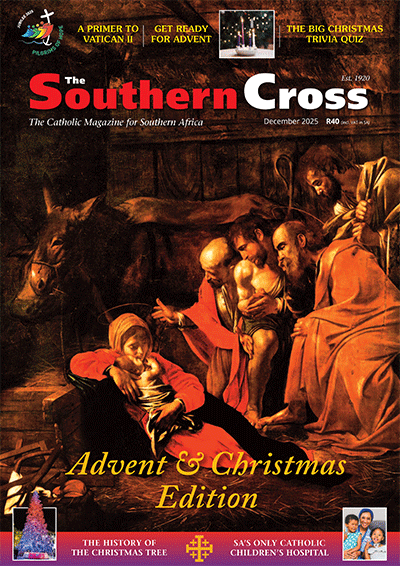Mafia boss� daughter writes about her life
THE GODFATHER�S DAUGHTER: An Unlikely Story of Love, Healing, and Redemption, by Rita Gigante with Natasha Stoynoff. Hay House. 2012. 256pp. ISBN: 978-1401938802
Reviewed by G�nther Simmermacher
 Rita Gigante was five years old when she inadvertently witnessed the brutal assault of some hapless hood at the hands of her father, the New York mafia boss Vicente �The Chin� Gigante. She suppressed the memory of that scene for more than four decades, growing up with her father�s �profession� being kept a secret from her.
Rita Gigante was five years old when she inadvertently witnessed the brutal assault of some hapless hood at the hands of her father, the New York mafia boss Vicente �The Chin� Gigante. She suppressed the memory of that scene for more than four decades, growing up with her father�s �profession� being kept a secret from her.
Vicente Gigante died on December 19, 2005, and now his youngest daughter has written her memoirs, as the daughter of a godfather.
It is a story worth telling: the life of a mafia boss is self-evidently extraordinary � for years Gigante methodically feigned mental illness to evade justice. But he is also recognisably human. He loves his Italian mother, he is a distant yet affectionate father, he has obsessive�compulsive disorder, practises his Catholic faith devoutly, and so on. We learn that Gigante lived austerely: for him the life of organised crime was about power, not money.
Rita Gigante also focuses on her mother, moved out with the kids to New Jersey, out of harm�s way�and out of sight of Vicente�s mistress, with whom he also has a family.
The story is infused with Catholic culture. The mob boss keeps all manner of Catholic paraphernalia on his bedside table, rosaries with beads the size of cherries are prayed, medical cures are attributed to the intervention of the Blessed Virgin, patronal feasts are celebrated, Vicente�s brother is a priest and so on. Even the author is named after a saint.
Rita Gigante is not entirely positive about the Catholic Church; the final break comes when she realises that she is homosexual, a reality which she believes places her outside Catholicism � but not removed from God�s love.
Her struggles with faith, sexuality, depression and living in the shadow of organised crime provide the book with a solid frame. She relates movingly about traumatic experiences and her broken relationship with her father, and about their reconciliation.
The godfather eventually dies in jail, and Rita�s memoirs take a bizarre turn. By then she had become a �healer�, combining Christian theology with New Age philosophy.
Suddenly the spirit of the freshly deceased Vicente appeared to a series of psychics and eventually to Rita, eloquently communicating his wish to collaborate with his daughter in her healing ministry and voicing repentance for his lifestyle.
To readers not inclined towards matters of supernatural visitations, that section of the narrative might seem preposterous; and the posthumous conversion absurd.
The Godfather�s Daughter is predicated on an enticing concept, but it is not entirely satisfying. Paradoxically, given that this is a memoir, there is just a little too much of Rita when the main attraction � the reason people will buy this book � is Vicente.
The book�s co-writer, Natasha Stoynoff, does well to maintain Rita�s voice, but might have excised the swearing which at times is just unnecessarily gratuitous.
- Book Review: Benedict, Baltimore and the Barbary Pirates - December 4, 2025
- Christmas Began in July - December 1, 2025
- Cardinal, Music, Rugby… - November 14, 2025





